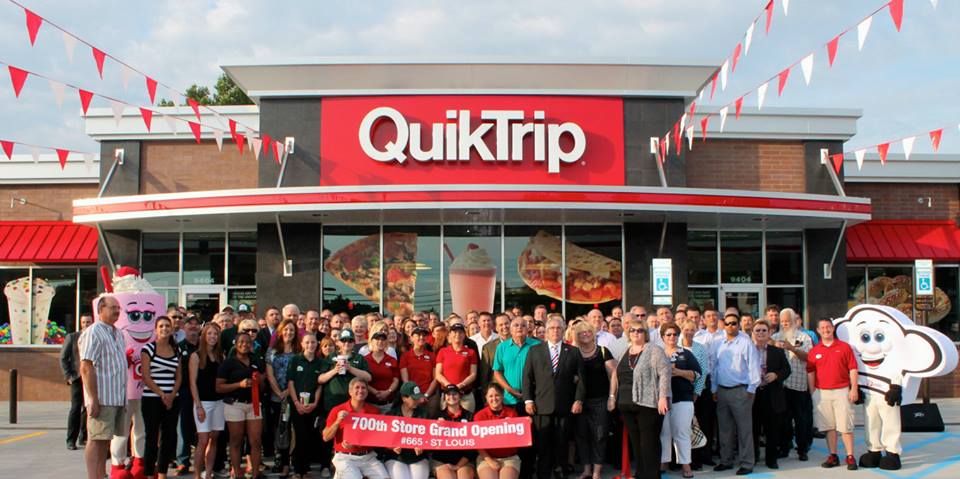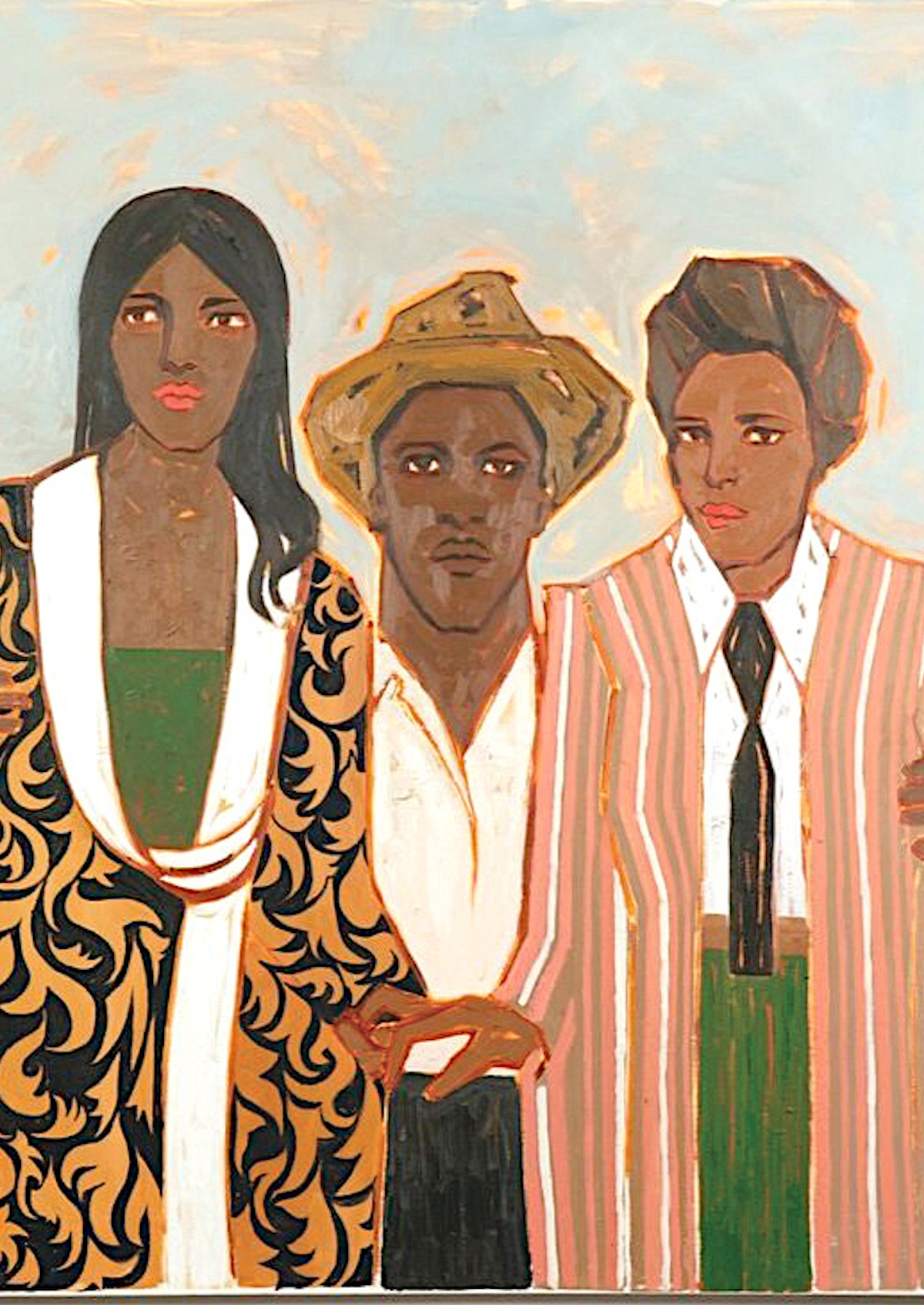
COMMUNITY
Ross D. Johnson
The Messengers, 2020 | Oil On Canvas | 48 x 48 inches. Photo Charisa Dene Jacobs
Identity, through art, is seldom accomplished with intent.
Applied brushwork, the effect of technique, scale, pigment, and preferred subjects may engender a sentiment or feeling from the observer, yes, but an artist’ identity is slower to evolve.
An artist, sadly, may enjoy a life of profound creativity, pleasures, trials, and celebrations, yet be denied a broadly recognized identity.
Although their passions, through art, are generally embraced, no immediate and familiar relationship between the artist and hand is apparent.
In Charisa Dene Jacobs’ “Heritage”, “Beloved”, and “Sanctuary” collections, the underlying and grounding effect of burnt sienna is one aspect of the Tulsa, Okla. artist’s identity. Her bold brushwork, apparent connection to subjects and expressive application of color equally inform her mark.
Jacobs’ identity isn’t simply a mark of consistency or recognition. Each work and series, shared Jacobs, is “my own personal journey of identity. A diary of…. how I am navigating through life.”
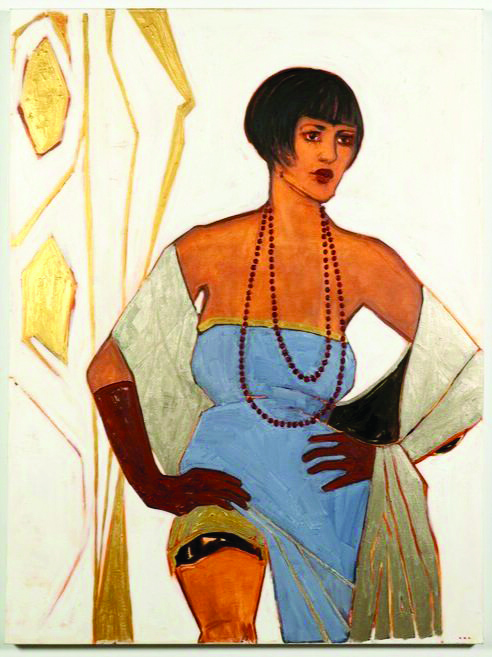
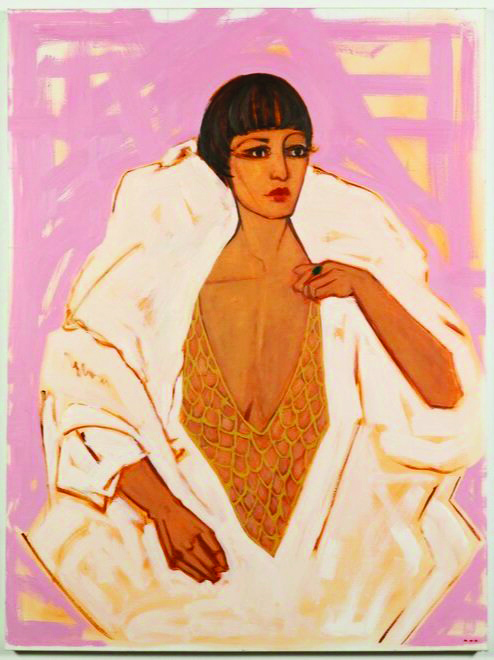
Madame x Josephine
“An expression of the romantic,” as described by Jacobs, “Madame x Josephine” (2020) is the result of what occurs when you “make it your own.”
Inspired by the works of John Singer Sargent and vintage photographs of Black Americans, Jacobs has created twelve works for the collection. Charisa’s “Madame X” appears to have evolved the late 19th century signature work of Sargent, producing a contemporary subject, Madame Pierre Gautreau. Absent is the pale-skinned, powdered visage of the Parisian socialite, reimagined is a work that continues to draw attention to Gautreau’s hourglass figure and free spirit.
“Josephine Baker” and “Josephine Baker II” (2020), the eponymously titled works of the collection, are striking representations of the iconic American-born French dancer, singer and actress who was the first black woman to star in a major motion picture. Baker’s countenance, in both works, is a key focal point, possessing a depth of passion, challenge and triumph.
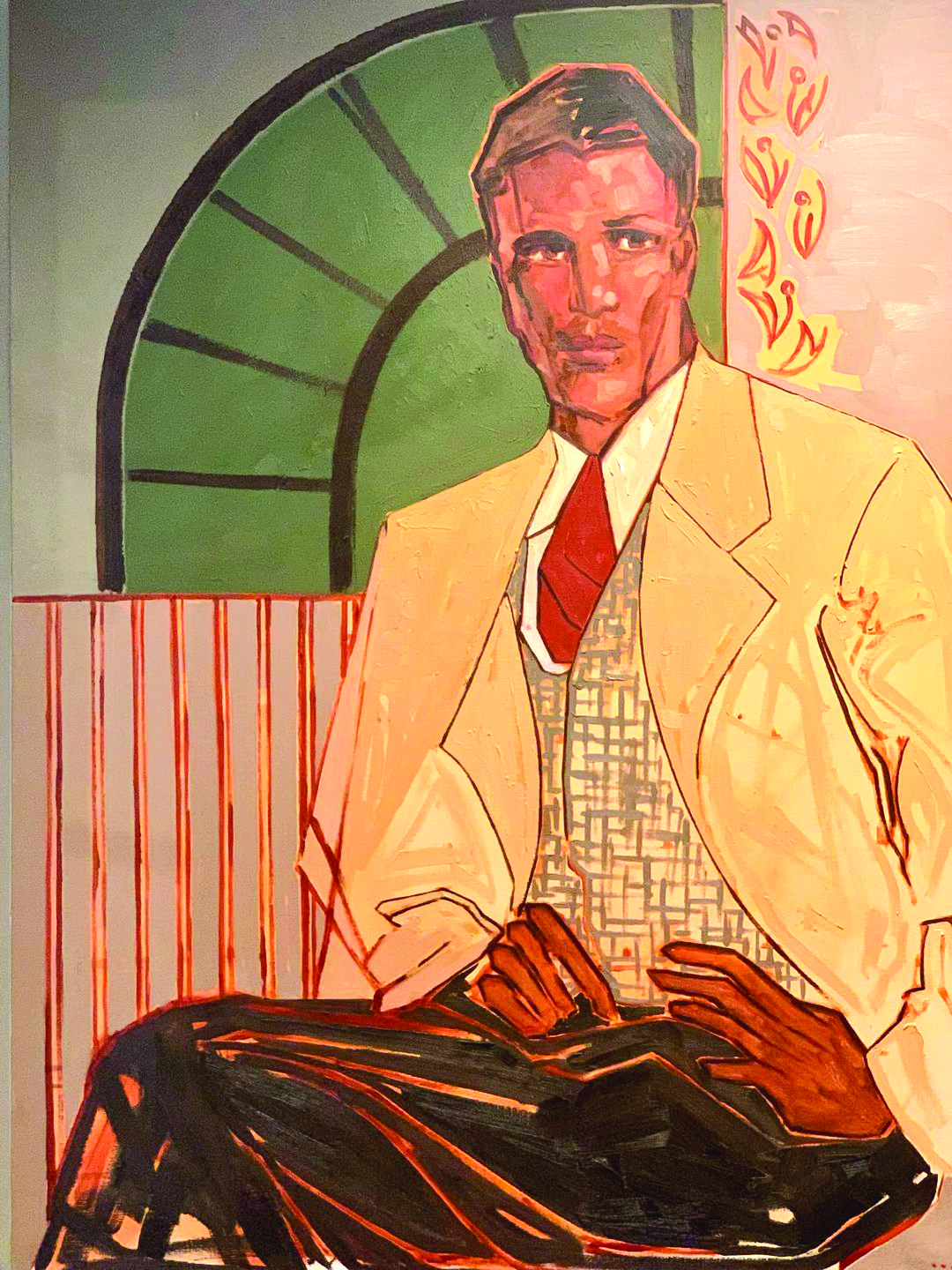
“Black Man in Suit”, Jacobs’ work dedicated to her father, Claude Jerome Jacobs Jr., and the beloved Sidney Poitier, reflects the artist’s personification of being a “classy man.” Meaningful beyond cliché, “a classy man,” as depicted through Poitier’s roles, and certainly Jacobs Jr.’s life, was and is committed to encouraging the best of humanity, an enduring and selfless pursuit of justice and being unshaken by the challenges related these pursuits.
In a wool and patterned waistcoat, breaking beneath a burnt sienna tie, framed by a neutral-colored jacket of the era, Jacobs’ “Black Man In Suit” is an iconic figure admired by all.
The Black American Cowboy
“There are certain things that I must do, Black American Cowboy” is one such collection, shared Charisa, who embraces the power of identity and its ability to positively shape the perceptions of all people.
The “Black American Cowboy”, a collection of history-inspired works exhibited in the Vast Bank N. Elgin Avenue office lobby in April 2024, frames each subject with Jacobs’ signature burnt sienna brushwork. Placed upon the warm palette of Oklahoma’s midday skies and grasslands each Black American Cowboy is a source of story and personal narrative. Each subject of great physical structure.
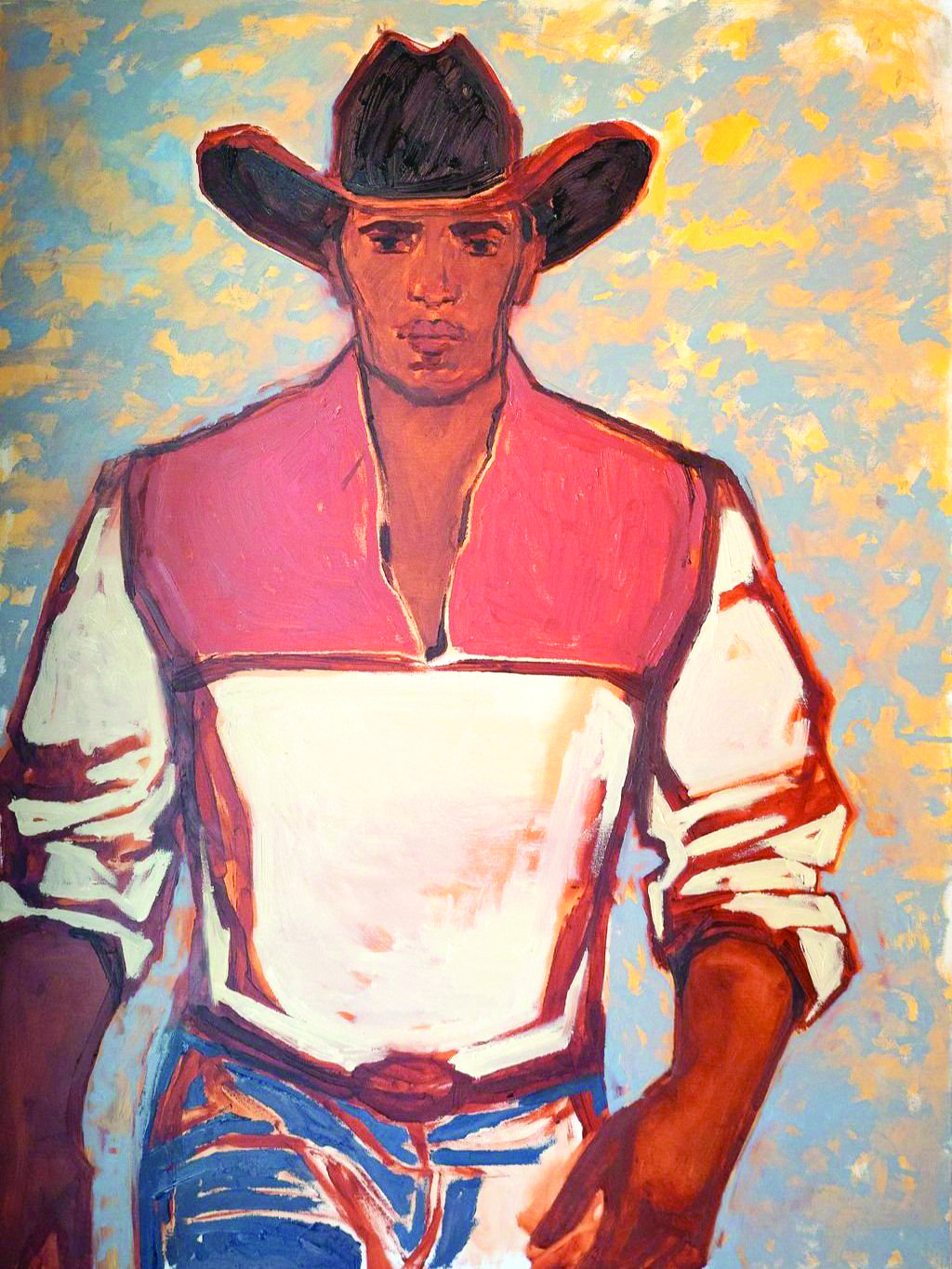
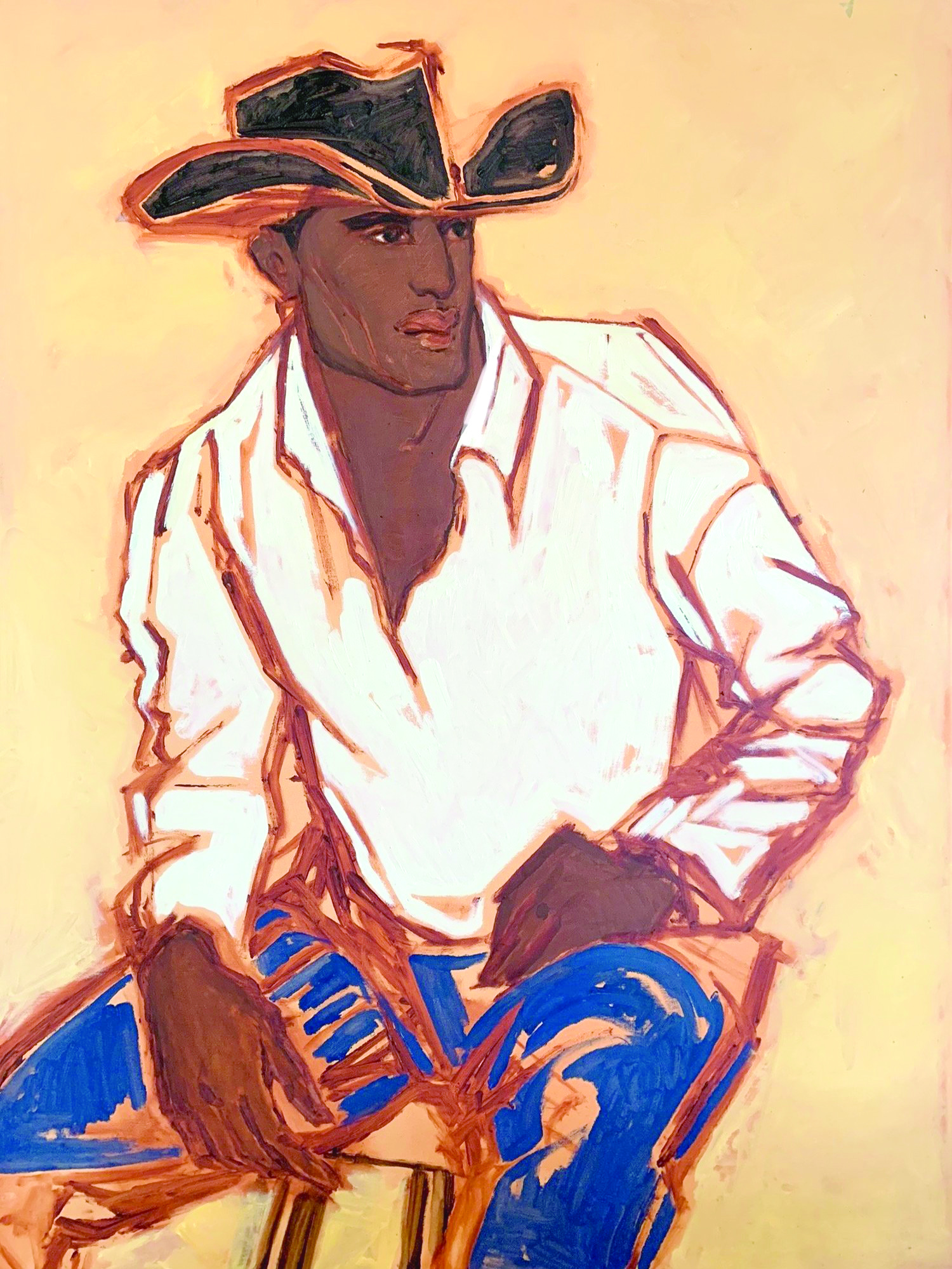
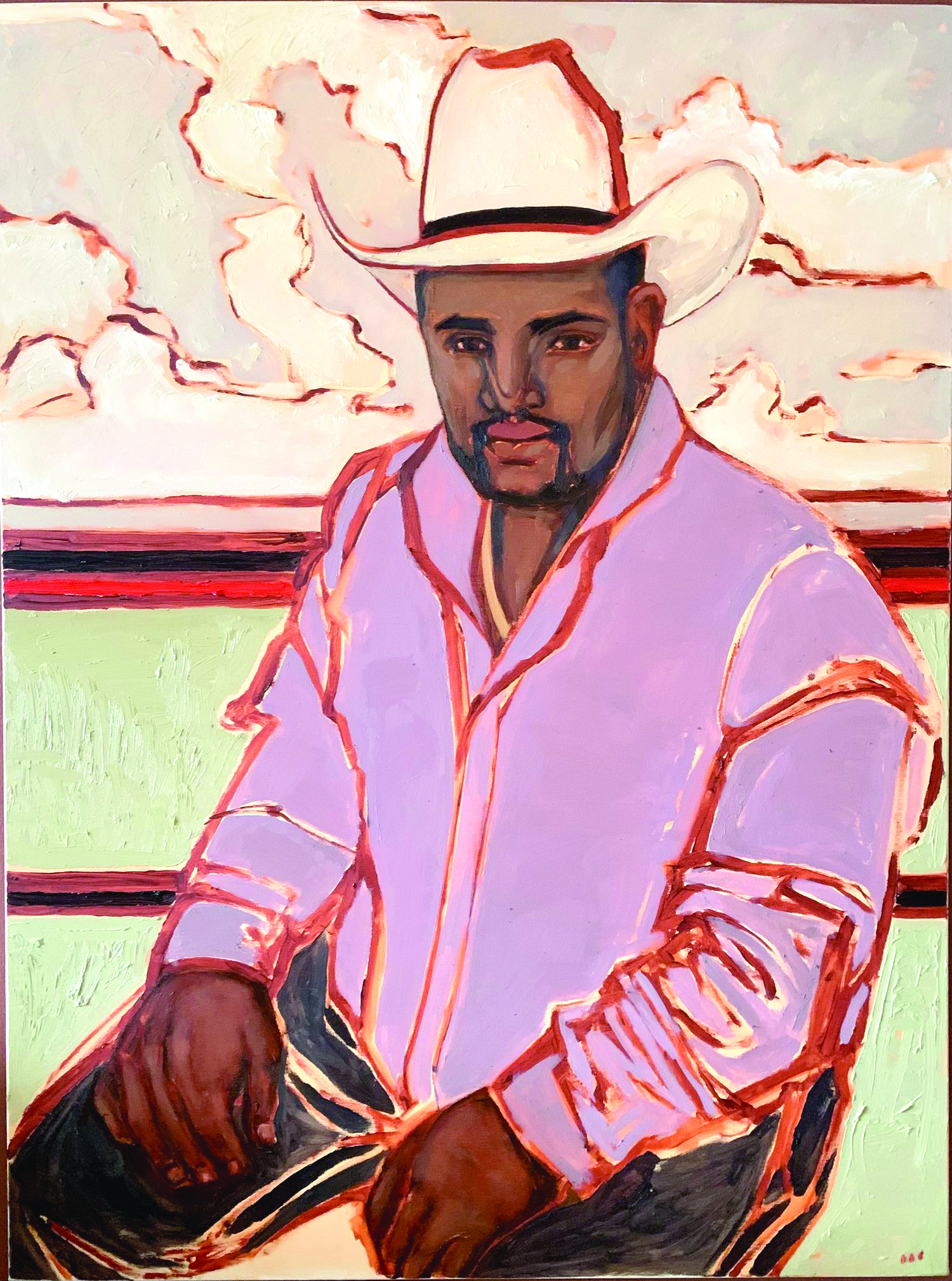
“After a Day’s Work” (2022) and “The Maverick” (2022) reflect Jacobs’ application of color with a perceived intent to ground subjects, center the men of her work, and often appear to be marks of their spirit or passion. Accented by tints and shades denim or canvas blue, and a red hue of puce, Black American Cowboys appear as both icons and common upon canvases.
Jacobs offers viewers context about the collection, sharing that “research shows that 25 to 30 percent of American Cowboys were Black American,” insight fully substantiated by historians like Kenneth Porter.
William (Humpty) Whayne Jr., a subject of Jacobs’ “The Black American Cowboy” collection, is a North Tulsa professional rodeo competitor who she describes as adding “an authentic masculine beauty” to her work. Whayne Jr.’s inclusion in the collection, cast before a background of an early Oklahoma sky above his family’s roping arena, reflects a sincere effort to offer viewers a greater sense of the past, present and future of “The Black American Cowboy.”
The Beloved Collection
“A casting away of the stigma of shame often attached to the female nude form and celebrating her as a holy creation” is the stated foundation of Jacobs’ “Beloved” collection. The artist’s work is a welcomed symphony of mood and palette, framed in hues of green and red, centered by subjects unbound, free from stereotype, public perception and forced role.
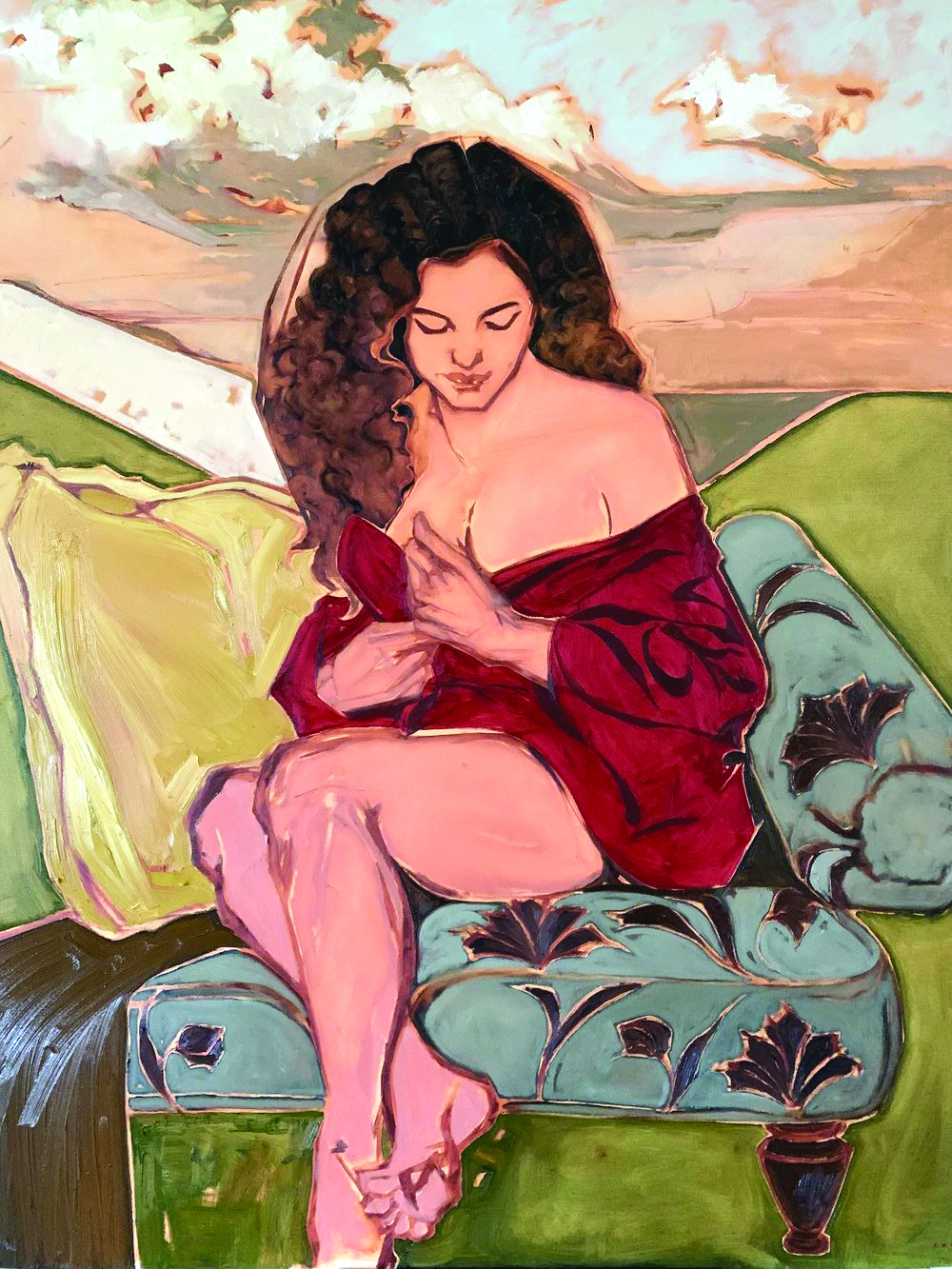
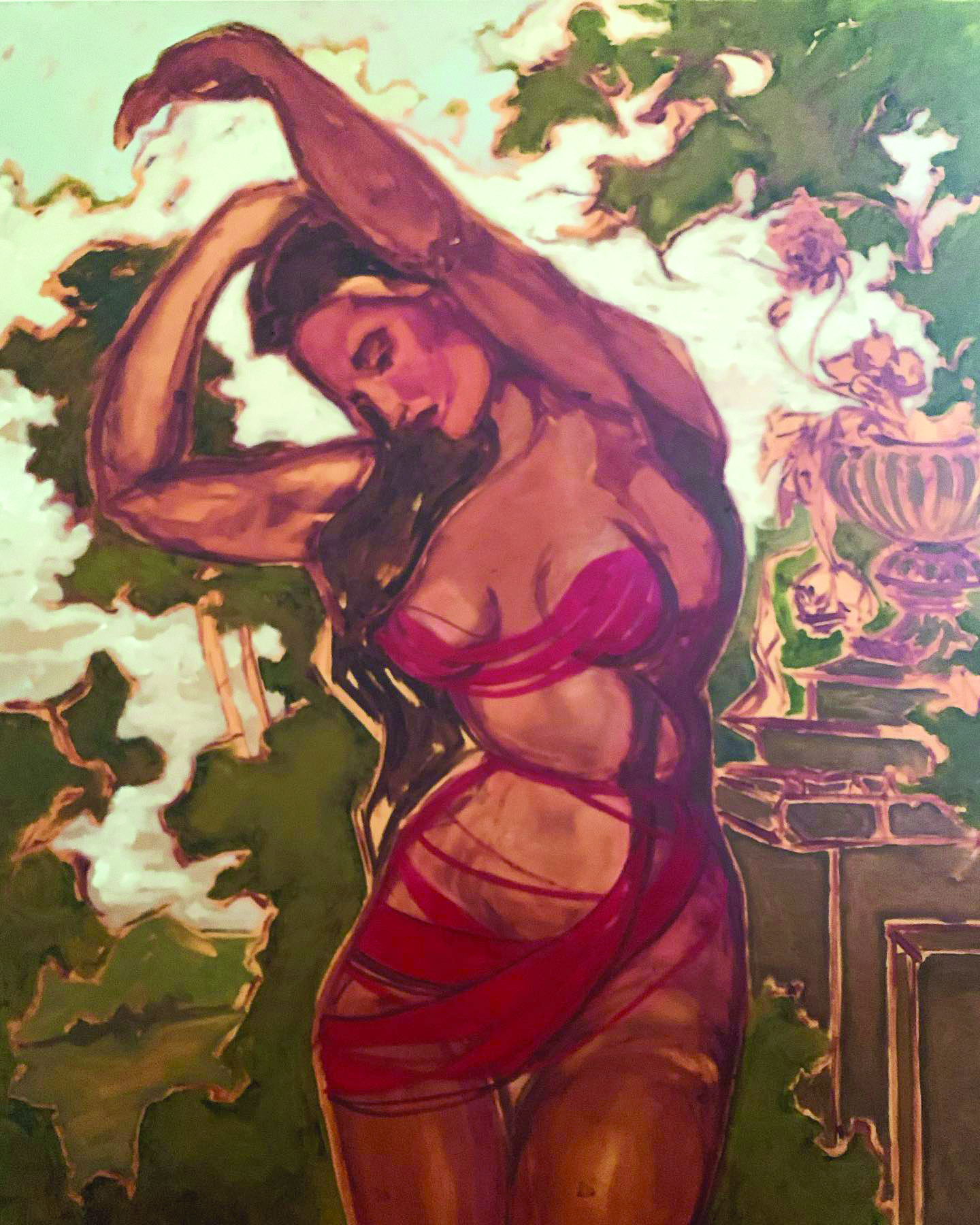
“Sanctuary”, speculatively, because of the linear perspective effected by the tapered cloud background, the throw that rest beneath her then draped out of frame, and the narrowed space created between the arm of the couch and the pillows that adorn it, centers a subject that appears simply, beloved.
Jacobs’ work, throughout the collection, is stunning. The signature application of burnt sienna is present, yes, but far less conspicuous, a compliment to her ability to draw viewer’s attention to subjects.
We know now…
Charisa Dene Jacobs’ work, so closely aligned with her life’s journey, passions upon canvas, challenges, accomplishments and shared discoveries are framed by an identity… A familiarity born of brushwork, hue, tone and shade.
The casual art observer, a place that most occupy, may be assured that the relationship between burnt sienna and Jacobs is one of identity.
The casual art observer may be assured an identity of bold statements, profound beauty and heritage.
An identity of sincere passion and creativity.
An identity worthy of embrace.
Burnt sienna.


